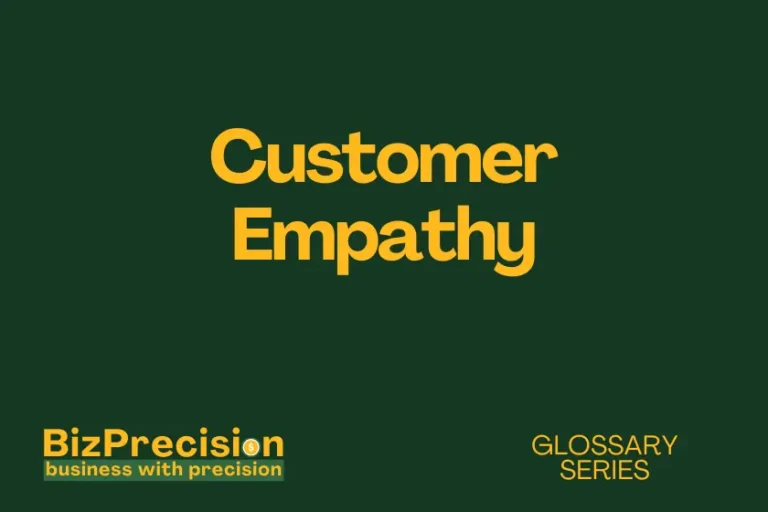What is Acquisition?
“Acquisition” refers to the process of obtaining or gaining possession of something, often in the business context.
It describes the act of acquiring or taking control of a company, asset, or resource by one organization or individual from another.[1] Acquisitions are a strategic tool that businesses use to expand their reach, gain new capabilities, and increase their competitiveness.
According to a recent report by McKinsey & Company, global merger and acquisition (M&A) activity reached over $5 trillion in 2021, signaling the strong business appetite for growth through acquisition.[2] Understanding the different types of acquisitions and their key considerations is crucial for organizations looking to capitalize on this trend.
Business Acquisitions
Types of Business Acquisitions
Business acquisitions can take various forms, including mergers, where two companies combine to form a new entity; takeovers, where one company buys a controlling stake in another; and asset purchases, where a company buys specific assets or operations from another.[3] The choice of acquisition type often depends on the strategic goals, financial resources, and market dynamics.
Motivations for Business Acquisitions
Businesses may pursue acquisitions for several reasons, such as expanding into new markets, achieving operational synergies, diversifying their product or service offerings, or gaining access to new technologies or talent.[4] By carefully selecting acquisition targets, companies can accelerate growth, enhance their competitive position, and create value for stakeholders.
Key Considerations in Business Acquisitions
Executing a successful acquisition requires meticulous planning and due diligence. Critical factors to consider include the valuation of the target company, the integration of operations and cultures, and the regulatory approvals needed to complete the transaction.[5] Effective acquisition integration is crucial to realize the full benefits and mitigate potential risks.
Customer Acquisition
Customer Acquisition Strategies
Businesses also focus on acquiring new customers through various marketing and sales strategies, such as paid advertising, content marketing, referral programs, and partnerships.[6] Implementing a well-rounded customer acquisition plan can help organizations attract, convert, and retain a loyal customer base.
Customer Acquisition Metrics
Tracking key metrics, such as customer acquisition cost (CAC), conversion rate, and customer lifetime value (CLV), allows businesses to measure the effectiveness of their customer acquisition efforts and optimize their strategies accordingly.[7] Leveraging data-driven insights can help organizations make informed decisions and allocate resources more efficiently.
Optimizing Customer
Acquisition Efforts Continuous optimization of customer acquisition strategies is essential to stay ahead of evolving market trends and consumer preferences. Businesses can employ A/B testing, personalization, and channel diversification to enhance the efficiency and impact of their customer acquisition activities.[8]
Talent Acquisition
Recruitment and Hiring Processes
Talent acquisition is the process of identifying, attracting, and hiring the best-fit candidates for an organization’s workforce. This includes developing effective job postings, leveraging various recruitment channels, and implementing structured interviewing techniques.[9]
Employer Branding and Talent Attraction
Building a strong employer brand and creating a positive candidate experience can help organizations attract top talent and stand out in a competitive job market.[10] By showcasing their unique value proposition, culture, and growth opportunities, employers can appeal to the right candidates and increase their talent pool.
Onboarding and Integrating New Hires
Effective onboarding and integration processes are crucial for ensuring new hires quickly adapt to the company’s culture, systems, and expectations. A well-designed onboarding program can help new employees feel valued, engaged, and equipped to contribute to the organization’s success.[11]
Conclusion
Acquisition is a critical business strategy that can drive growth, enhance competitiveness, and expand customer reach. By understanding the various forms of acquisition, businesses can make informed decisions, optimize customer acquisition, and build high-performing teams to support long-term success. Implementing effective acquisition strategies, measuring key metrics, and continuously improving acquisition efforts can help organizations achieve their goals and stay ahead in today’s dynamic business landscape.
[1] Cambridge Dictionary. (n.d.). Acquisition. Retrieved from https://dictionary.cambridge.org/dictionary/english/acquisition
[2] McKinsey & Company. (2022, January). Global M&A report 2022. Retrieved from https://www.mckinsey.com/capabilities/mergers-and-acquisitions/our-insights/the-great-acceleration-2022-global-m-and-a-report
[3] Investopedia. (2023, February 28). Types of Mergers and Acquisitions. Retrieved from https://www.investopedia.com/terms/m/mergersandacquisitions.asp
[4] Harvard Business Review. (2017, May-June). The New M&A Playbook. Retrieved from https://hbr.org/2017/05/the-new-ma-playbook
[5] PWC. (2022, October). Deals 2023 Outlook. Retrieved from https://www.pwc.com/gx/en/services/deals/deals-outlook.html
[6] HubSpot. (n.d.). Customer Acquisition Strategies. Retrieved from https://www.hubspot.com/customer-acquisition-strategies
[7] Baremetrics. (n.d.). Customer Acquisition Metrics. Retrieved from https://baremetrics.com/academy/customer-acquisition-metrics
[8] Kissmetrics. (2015, October 13). 12 Tips for Optimizing Your Customer Acquisition Strategy. Retrieved from https://blog.kissmetrics.com/optimizing-customer-acquisition-strategy/
[9] SHRM. (2016, June 17). The Recruitment Process. Retrieved from https://www.shrm.org/resourcesandtools/tools-and-samples/toolkits/pages/recruitmentprocess.aspx
[10] LinkedIn Talent Solutions. (2023). What is Employer Branding? Retrieved from https://business.linkedin.com/talent-solutions/employer-branding
[11] SHRM. (2016, June 17). Onboarding New Employees. Retrieved from https://www.shrm.org/resourcesandtools/tools-and-samples/toolkits/pages/onboardingnewemployees.aspx







